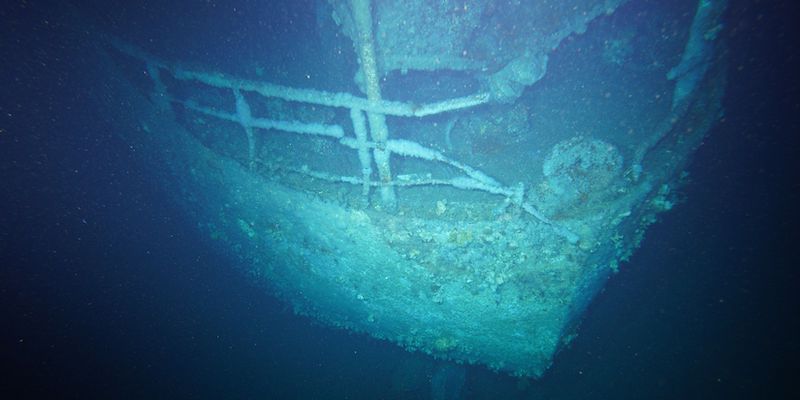Australia’s government agency for scientific research (CSIRO) Monday he said to have found the wreck of the MV Blythe Star, a small merchant ship that sank in 1973 off the coast of Tasmania, the island state in the south of the country. The incident triggered what was at the time the largest maritime search operation in Australia: some of the Blythe Star crew were saved only after spending more than ten days on a rubber dinghy in the ocean. The incident received so much attention that it led the Australian government to significantly tighten safety regulations at sea.
The Blythe Star was built in France in 1955 and from 1960 was used by an Australian company for the transport of goods between Tasmania, the south of mainland Australia and the other islands in the area.
On the evening of 12 October 1973, she departed Hobart in southern Tasmania to transport fertilizer and kegs of beer to King Island in Bass Strait in northwest Tasmania. The next morning, due to still unclear circumstances, she suddenly began to list on her right side and take on water: in their haste to abandon ship, the ten crew members failed to sound the alarm. The vessel capsized and sank rather quickly.
The ship was supposed to reach King Island within two days of departure, but not having seen it arrive, the maritime authorities set about searching. Thus began a great operation that employed 14 planes and which was interrupted after a week without having found anything. Meanwhile, the crew members had boarded a lifeboat equipped with a few provisions, including water and biscuits, flare guns and two oars.
Hoping to be noticed in a short time by other passing ships or by rescue vehicles, they had not brought with them the emergency radio that was on board the ship.
The dinghy began to be carried eastward by the currents, while the weather conditions at sea worsened. Among the crew members was also Michael Doleman, who was then 18 years old and today is the only person who survived the disaster still alive: interviewed by ABCDoleman he recounted that the dinghy was also found a few hundred meters from the coast of Tasmania and that the sailors thought of swimming to save themselves, but then gave up for fear of sharks.
After about three days on board the dinghy, the second engineer died: initially the others thought of keeping his body with them, counting on being rescued shortly, but then buried him in the sea. The dinghy was driven east, then southwest, then east again, only to find itself hundreds of miles from where the ship had sunk after a week. Eventually he beached in Deep Glen Bay, on the Forestier peninsula, east of Hobart, on a rocky stretch of coast, with cliffs tens of meters high and very dense vegetation.
Two other sailors died after reaching land, probably from hypothermia and fatigue. At that point Doleman, who was the youngest, went to seek help with two other of the seven survivors: after two days the three reached a road where they were rescued by a truck driver who took them to a nearby town; the other four were rescued by helicopter.
It was October 26, 13 days after the sinking of the Blythe Star. It had long been believed in Australia that all sailors were dead. In some cases, their funerals had been celebrated.
The wreck was found about 10.5 kilometers west of Tasmania’s most south-western point while a team of researchers from CSIRO and the University of Tasmania were studying an underwater landslide. The discovery dates back to last month: subsequent analyzes and comparison with the images of the time confirmed that they are indeed the remains of the Blythe Star, lying at a depth of 150 meters in the ocean. Doleman, who traveled to Hobart to see the footage the researchers took, said the ship was “pretty intact overall” and “in good shape, considering its voyage.”
In Australia, the Blythe Star disaster sparked a widespread debate about the safety of vessels at sea which eventually led to the enactment of new maritime laws. Despite various investigations and researches, the causes of the ship’s sinking are still debated. The lifeboat used by the crew is on display at the Tasmanian Maritime Museum.
– Read also: Australia has given a name to its ‘unknown sailor’

